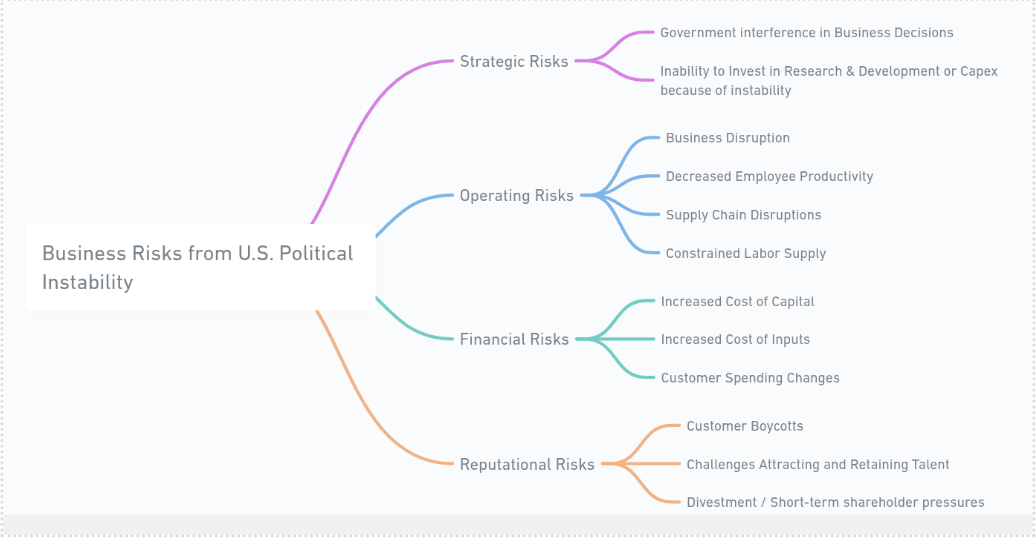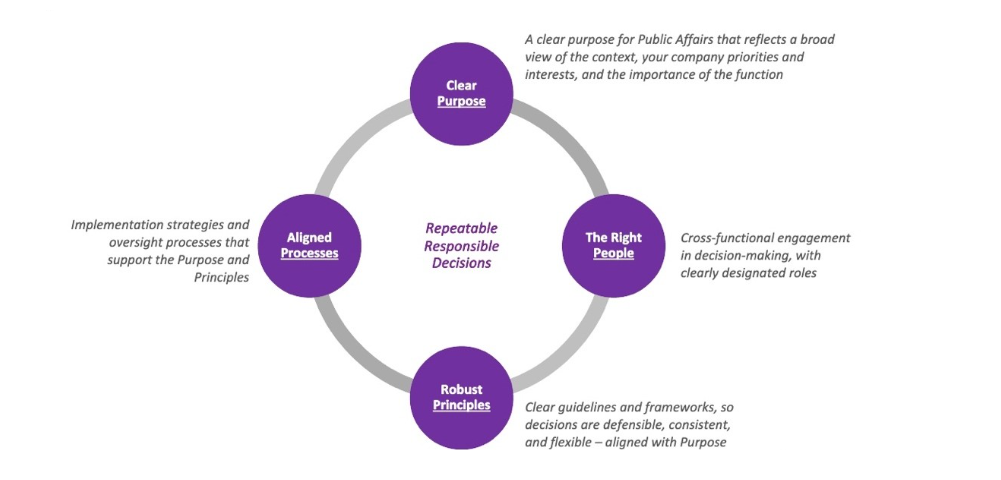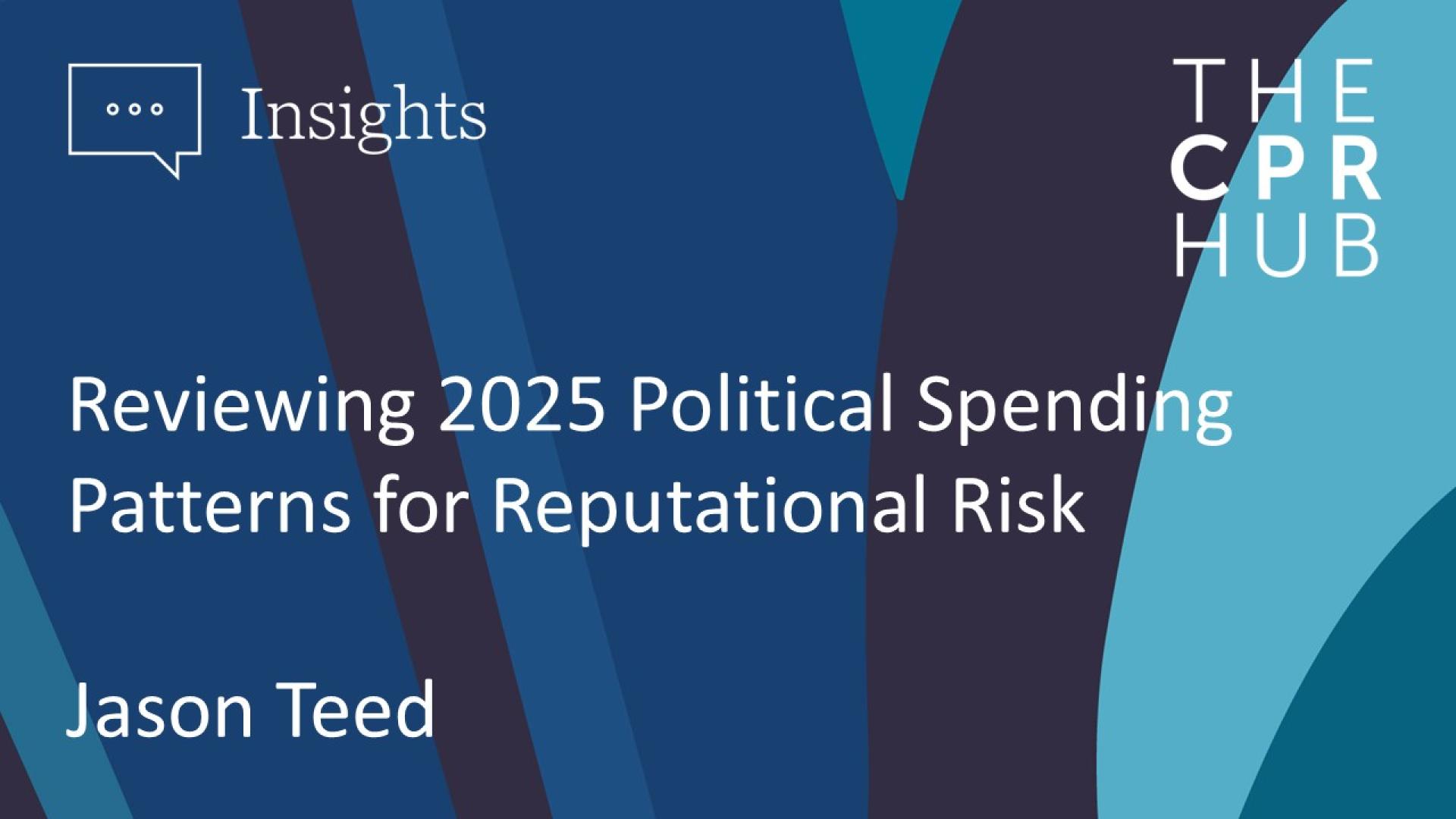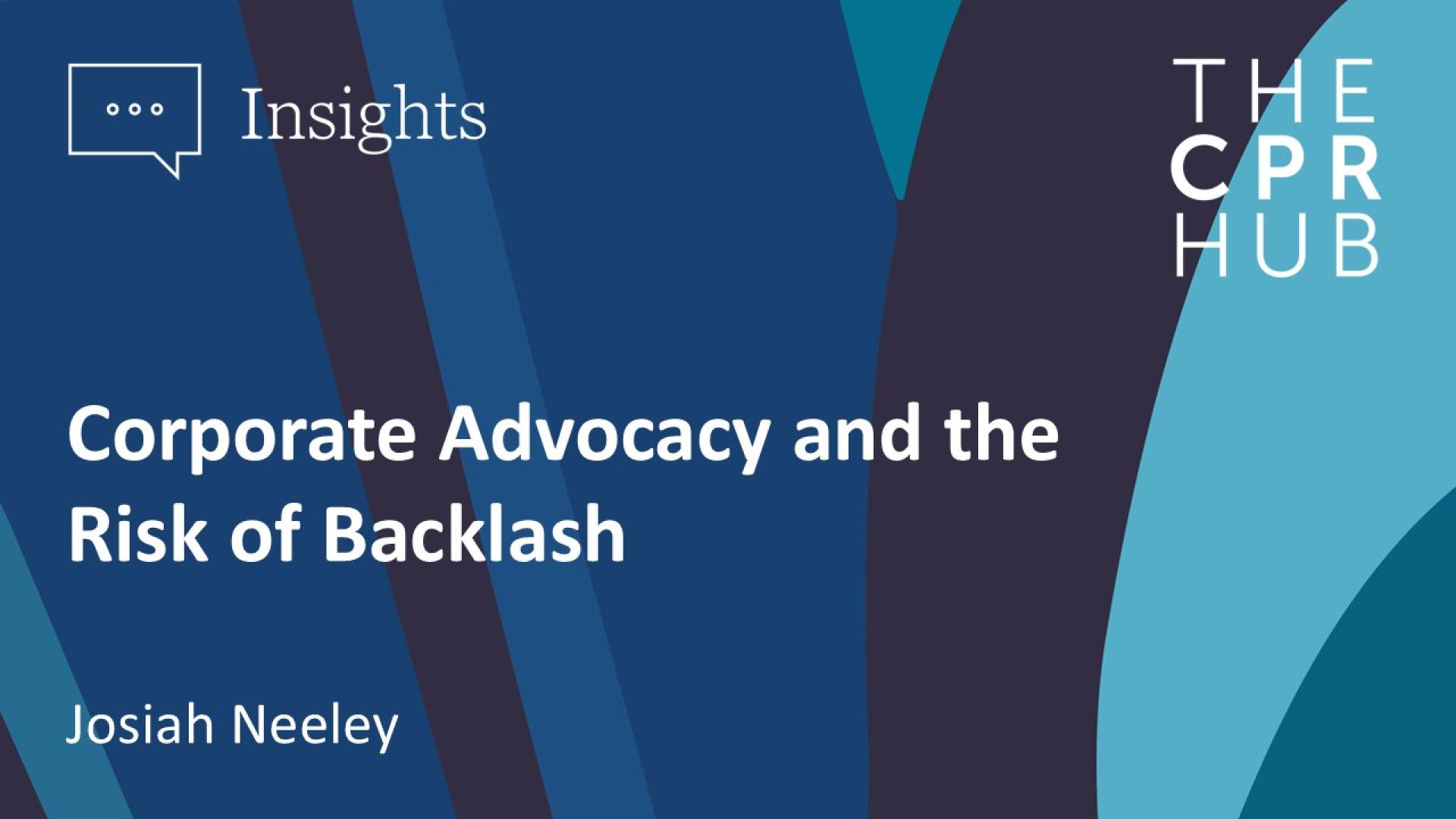As investors increasingly focus on systemic risks, few risks are as consequential as the weakening of democratic institutions and the rule of law. Companies are facing once-in-a-generation operational and strategic challenges—navigating AI, workforce shifts, energy transitions, and stakeholder pressures, in an increasingly chaotic political environment. Without a stable, functioning government, challenges like these are almost impossible to manage effectively, and the foundation for innovation and long-term value creation begins to crack.
The result: companies face growing exposure to financial, operational, and reputational risks (see Figure 1), with little clarity on when or how to engage.








Comments
Comment on this Insight